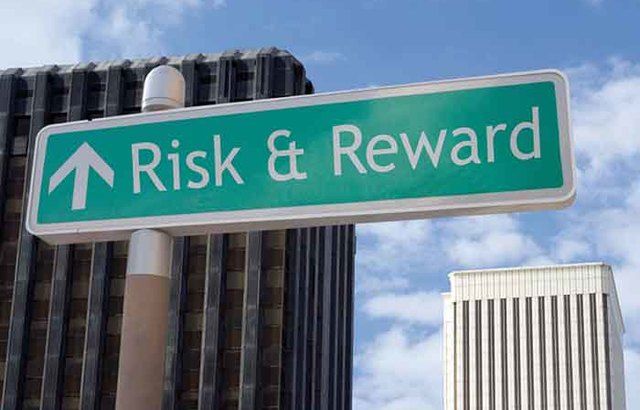The Institute of International Finance (the global association of the financial industry) struck a particularly optimistic note: “Bank stocks have resumed their outperformance of the broad market in recent weeks, and look to continue to benefit from a number of recent developments,” it said recently.
“Steeper yield curves are expected to boost net interest margins, and more robust growth will boost the level of financial activity more broadly (e.g. mergers and acquisitions, IPOs etc.), which should bolster banks’ non-interest income,” it added.
Trackers that follow the sector have seen significant inflows over the past year. In July alone, financial sector ETFs saw net inflows of €1.3bn from European investors.
“We added exposure to financials after the Trump elections as growth and inflation expectations rose,” says Alvaro Martin Sauto, head of funds of funds at Bankia in Madrid. “The we recently added again as we believed it was oversold and valuations were looking attractive.”
American beauty
American banking stocks have been on an extraordinarily wild ride since Donald Trump’s elevation to the US presidency. From early November, they embarked on a remarkable 4-month rally on hopes of tax cuts, financial sector deregulation and a boost in inflation and growth, gaining more than 37% and outpacing the wider S&P 500 index by almost three times.
Bank stocks then fell slightly as the Trump trade faded, but in recent weeks the sector reached new all-time highs as markets moved to price in another Fed rate hike this year, while the Trump administration unveiled a fresh outline for tax reform.

And fund managers believe financials will be some of the prime beneficiaries of an acceleration in growth (expectations), even though the sector has already significantly outperformed the S&P 500 over the past year.
“Banks are expected to outperform if growth expectations accelerate again. That’s also what they did after Trump’s election,” says Jeroen Huysinga, manager of the JP Morgan Global Focus Fund.
While Luca Paolini, chief strategist at Pictet AM, is negative about US stocks in general, he makes an exception for the banks. “Fed rate hikes should benefit the banks – and we have raised exposure to financials,” he says.
Guy de Blonay, manager of the Jupiter Financial Opportunities Fund, is also bullish: “It’s possible that GDP growth will come in closer to 4% next year, and if that happens it would be very positive for banks.”
Recession risk
An annual GDP growth rate of 4% would mean the US economy would grow far above the long-term trend (which is estimated by most experts as 2-3%), increasing the risk of overheating, especially in a scenario where interest rates are also rising.
“You can’t ignore that risk,” agrees De Blonay. But US financials still look to tempting to resist, compared to other stocks in the market, he says.
“If you look at valuations today, while financials are not cheap, they are growing their earnings more than twice as fast as other stocks, at 11-12%.”
US banks also have very solid balance sheets, are no longer facing litigation issues (which cost them tens of billions of dollars over the last few years) and are preparing to make significant handouts to investors. De Blonay and Huysinga both mention Citigroup, which plans to return about a third of its earnings to investors. “Nevertheless, it’s still trading almost at book value,” says Huysinga.
The European recovery
But opportunities in European banks are perhaps even greater. They have rallied some 66% since last July, even more than their American counterparts. Europe’s banks are still very much a recovery story, says de Blonay.
“We like restructuring stories in the European banking sector, companies that have had liquidation issues and are trading at a discount to book value, such as Commerzbank, Unicredit and Santander. These companies travelled into the low interest rate environment with poor management and are now getting their house in order. Such stocks have become more interesting because of the improving macro environment.” De Blonay has increased his exposure to such ‘value’ names from 30% to almost 50% over the past year.
However, plenty of risks remain in the European banking sector. Investors received a timely reminder of that this week when European banks fell following the contested independence referendum in Catalonia.
And an end to QE is another potential disruptor for banking shares.
Tapering risk
“It seems investors think all banks are good currently, such that no capital is needed, but this papers over the cracks just as liquidity begins to be withdrawn,” two bearish Berenberg analysts wrote in a note recently.
“As central banks attempt to raise rates and withdraw liquidity from the system the cycle is likely to turn, exposing the more highly levered as investors’ focus shifts back to the balance sheet. Adjusting for leverage reveals value traps among those banks that are seen as cheap. Deutsche Bank, Crédit Agricole, Sabadell, Natixis and Société Générale all fall into this category,” James Chappell and Alex Medhurst added.
The two analysts also note that “Italian banks have €98.4bn of targeted longer-term refinancing operations (TLTRO) funding at 0% or better.”
De Blonay asserts Italy offers some of the best opportunities for investors in the banking sector now because “systemic risk has disappeared”, while local authorities are encouraging consolidation in the banking sector.
But Italy’s banks are vulnerable to QE tapering, because of the large amounts of Italian government bonds on their books. “God knows what effect tapering will have on bond prices,” says De Blonay. But one thing he knows for sure: “At 2%, Italian government bond yields are priced way too low.”







